Command Palette
Search for a command to run...
Brain-computer Interface: a plug-in for Modern Medicine, but Also a Gamble for Paralyzed Patients
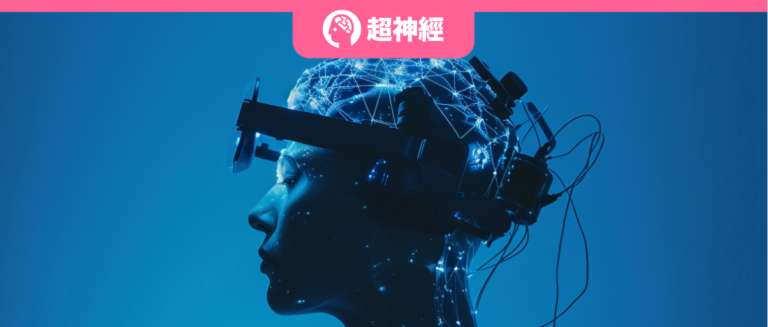
On May 17, Musk publicly stated that following the first successful implantation of a brain chip into a patient's brain earlier this year, Neuralink is looking for a second subject to undergo the operation.
On May 20, the U.S. Food and Drug Administration (FDA) approved Musk's Neuralink company to implant a brain chip in a second patient, but the approval letter stated:Neuralink needs to resolve the brain-computer interface implant malfunction that occurred in the first test subject.
The "malfunction problem" mentioned by the FDA,This means that in the first patient's brain implant chip, only about 15% of the electrode wires are working properly, 85% of the wires are displaced, and many threads that cannot receive signals have been shut down.Although Neuralink was only announced in March this year, this man, who became quadriplegic due to a diving accident eight years ago, was able to control the mouse with his mind, play chess and games online less than two months after undergoing brain-computer interface surgery.
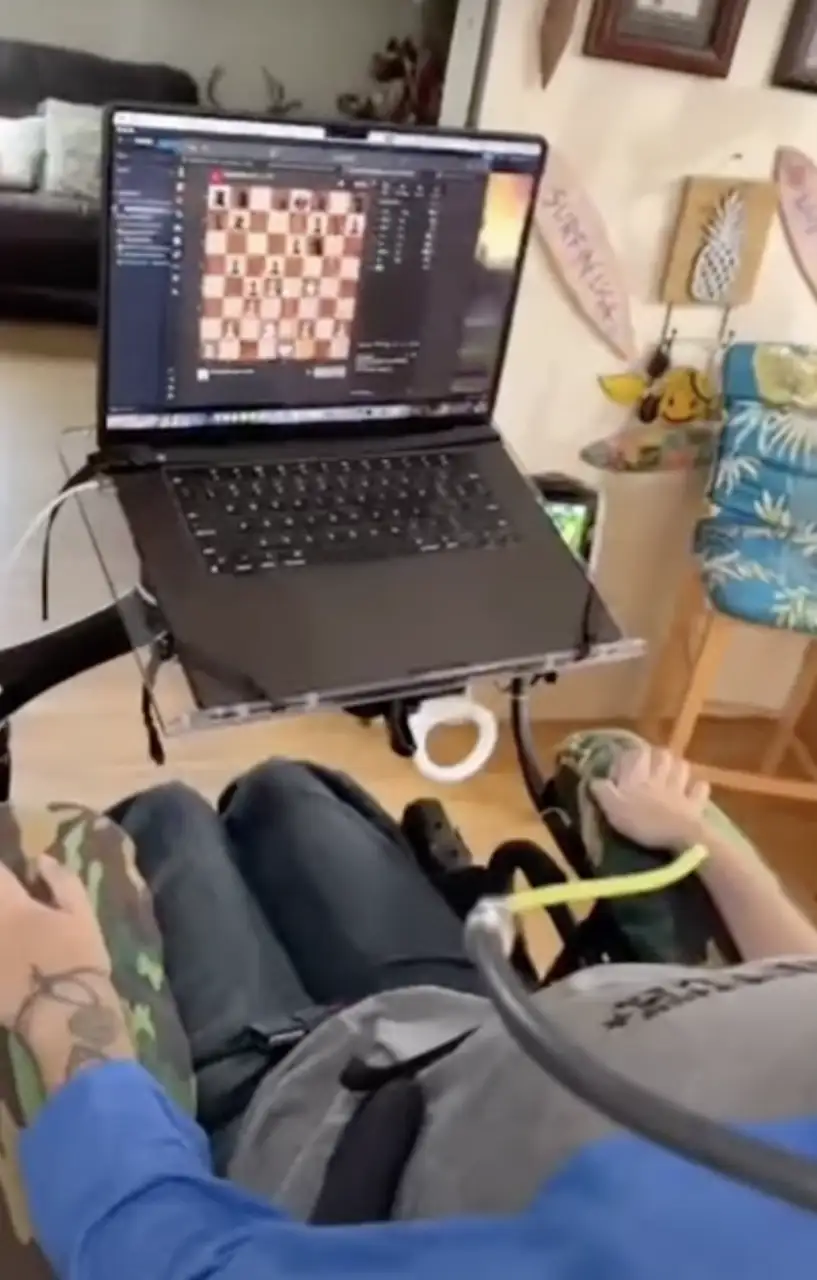
In fact,The safety of brain-computer interfaces has always been controversial.The brain is the most important and most fragile organ in the human body. Its precision and complexity are difficult to analyze. When performing surgery on the brain, every move must be carefully considered.
From another perspective, by simply inserting a cable behind the brain, people can change "reality" through "thoughts": the deaf can "hear sounds"; paralyzed patients can command robotic arms; aphasic people can "speak"... This therapy has opened up new imaginations for the medical industry and brought new hope to related patients. Although it seems that brain-computer interfaces are still a long way from full maturity and large-scale human experiments, with the continuous blessing of technological productivity, they have already quietly taken root and sprouted, showing strong vitality and room for growth.
Brain-computer interface technology opens a new era of human-computer interaction
Human perception, thinking, language and motor abilities are all achieved through the brain's effective control of body organs and muscle groups.Brain-computer interface technology creates a connection path for information exchange between the brain of a person or animal and an external device.It can directly convert information sent by the brain into commands that can drive external devices and replace human limbs or language organs, thereby realizing human control over the external environment.
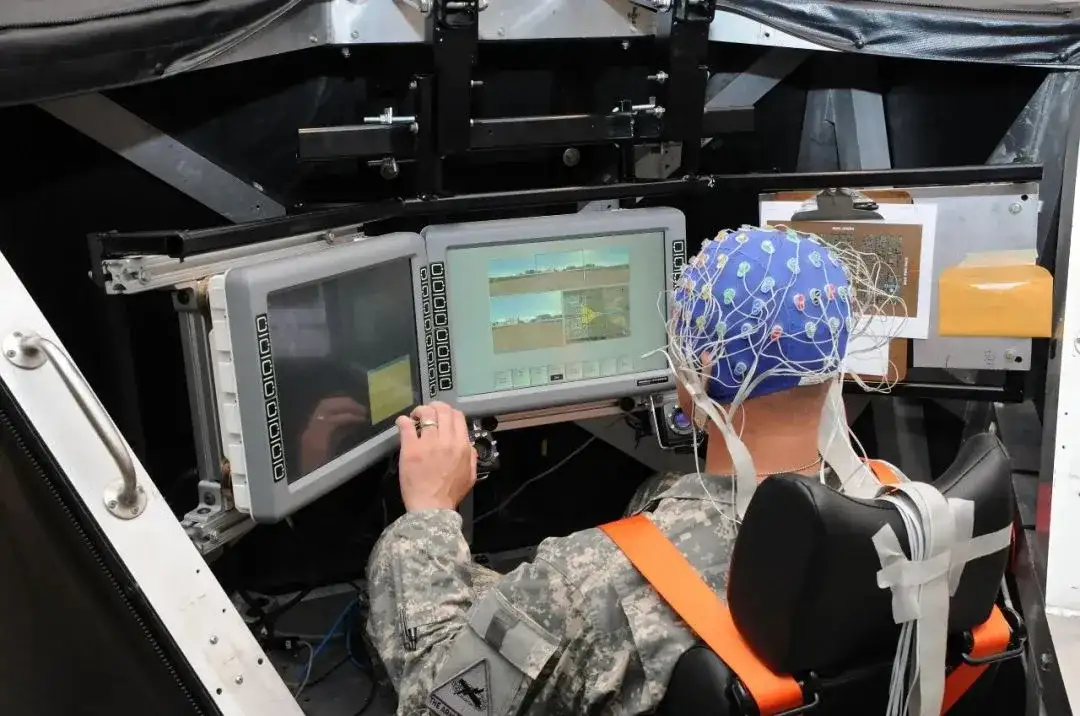
In 1969, scientist Eberhard Fetz conducted an interesting experiment: he connected a neuron in a monkey's brain to a dashboard. If the monkey could trigger the neuron through a certain way of thinking and make the pointer of the dashboard move, it would get a banana-flavored ball as a reward. In order to get more rewards, the monkey actually learned to control the triggering of neurons. In this way, the monkey accidentally became the world's first "subject" of brain-computer interface.
The success of animal experiments provides important inspiration for the research of brain-computer interfaces in human society.As early as the 1990s, American neurologist Phil Kennedy tried to implant a brain-computer interface into the brain of a paralyzed patient, enabling him to communicate by typing with his mind. This marked an important step forward for brain-computer interface technology in human society.
Nowadays, brain-computer interface technology generates more and more data, and effectively managing and analyzing this data has become a major challenge. Thanks to the development of AI technology, researchers can continuously improve scientific research efficiency in establishing signal patterns, filtering noise, optimizing data processing, and extracting effective information. In terms of domestic policy support, brain-computer interface was also listed as one of the four key directions by the Ministry of Industry and Information Technology in September 2023.High-end biotechnology represented by brain-computer interfaces is becoming a "new battlefield" for the interaction between the next generation of life sciences and information technology.
From scalp to cortex, three major implementation strategies for brain-computer interfaces
There are three main forms of brain-computer interfaces: non-invasive, invasive, and semi-invasive.
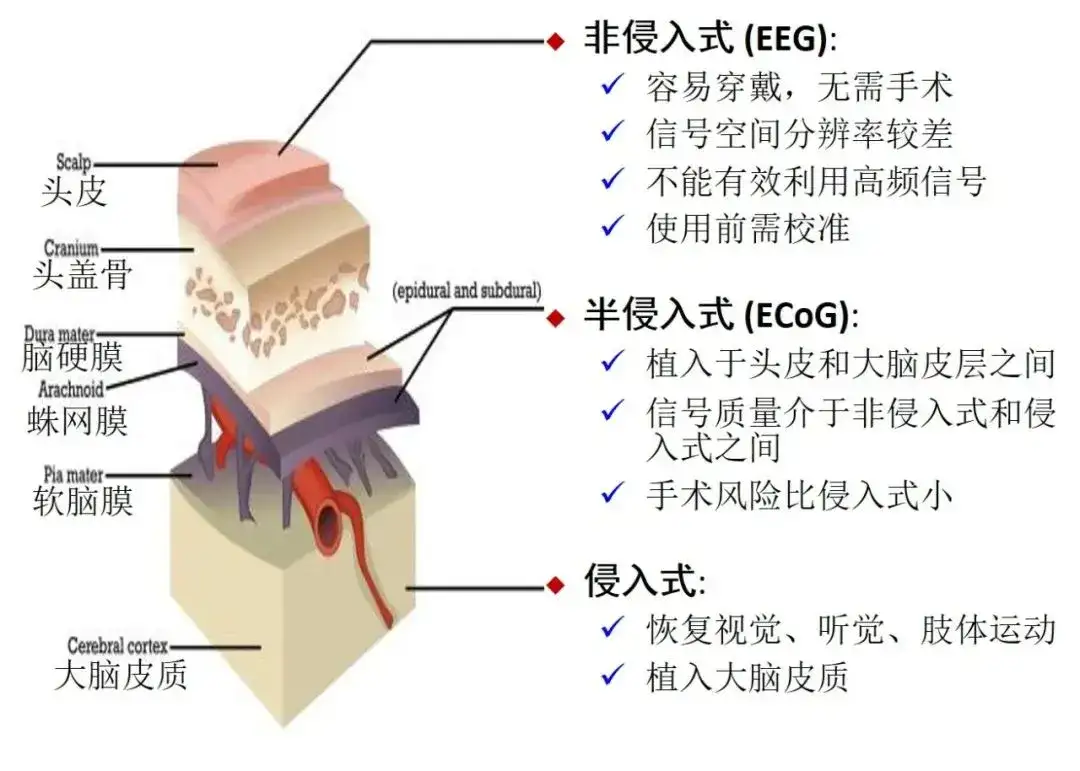
- Non-invasive: No need to invade the brain, but through wearable devices attached to the scalp to record and interpret brain information.
Although this technology avoids dangerous surgery, due to the attenuation of brain signals by the skull and the dispersion and blurring of electromagnetic waves, the signal strength and resolution ultimately recorded by the device are low, making it difficult to determine the source brain area of the signal or the discharge of related neurons.
- Semi-invasive: The brain-computer interface is implanted into the cranial cavity, outside the cerebral cortex.
This technology is mainly based on information analysis of electrocorticogram (ECoG). The signal strength and resolution obtained are better than non-invasive methods, but weaker than invasive methods. It can reduce the chance of immune response and callus.
- Invasive: Electrodes are surgically implanted directly into the cerebral cortex.
This technology can obtain high-quality neural signals, but it has high safety risks. For example, foreign body invasion may trigger immune response and callus formation, and wounds may be difficult to heal and trigger a series of reactions such as inflammation.
Among them, Musk's company Neuralink uses an invasive brain-computer interface technology solution, which places electrodes into the human brain through craniotomy to contact neuronal cells and achieve the acquisition and decoding of brain electrical signals. Miguel Nicolelis, the father of brain-computer interface, holds a pessimistic attitude towards this:“Although I invented the invasive brain-computer interface, for most patients and commercial enterprises, non-invasive brain-computer interfaces will be the mainstream development in the next few years.”
Universities at home and abroad explore brain-computer interfaces in various ways
In recent years, in addition to commercial companies like Neuralink, many domestic and foreign scientific research institutions and academic institutions have also conducted a large number of scientific research and clinical trials based on brain-computer interfaces in the medical field.
Three universities join hands to enable paralyzed patients to type with their "mind"
In May 2021, renowned scientists from Stanford University, Brown University and Harvard Medical School jointly developed a new brain-computer interface technology.Help paralyzed patients convert thoughts in their minds directly into text on a computer screen at a speed of 90 characters per minute, which is only slightly lower than the average typing speed of people of the same age group using mobile phones (115 characters per minute).

This technology implants micro-motor arrays into the brain.The quality and richness of EEG signal collection are guaranteed. The micromotor array is like a chessboard. When the user imagines the letters to be written, the electrodes implanted in the brain can capture and measure the electrical activities of many neurons, more accurately implement the detailed instructions of the brain, and meet the "typing" requirements.
Usually, after the collected EEG signals are de-noised, the "typed" content needs to be decoded. The researchers used AI models to learn the mapping relationship between neural activity and actual writing finger activity, learned the neural activity patterns generated by each letter through a recursive neural network, and analyzed the relationship between these activity patterns in multiple experiments, using dimensionality reduction to generate cluster diagrams. The algorithm will further predict the letters currently imagined by the participants and convert the prediction results into printed output. Finally, the language model corrects the initial output results to ensure that the final text presented is more accurate.
Johns Hopkins University: Using a brain-computer interface to control a robotic arm to eat cake
In June 2022, the Johns Hopkins University team implanted a chip.A man who had been paralyzed for more than 30 years successfully controlled a robotic arm with his mind and was able to eat independently.This volunteer is the world's first bilateral implant recipient, meaning that electrode arrays are implanted in both the left and right hemispheres of the brain.
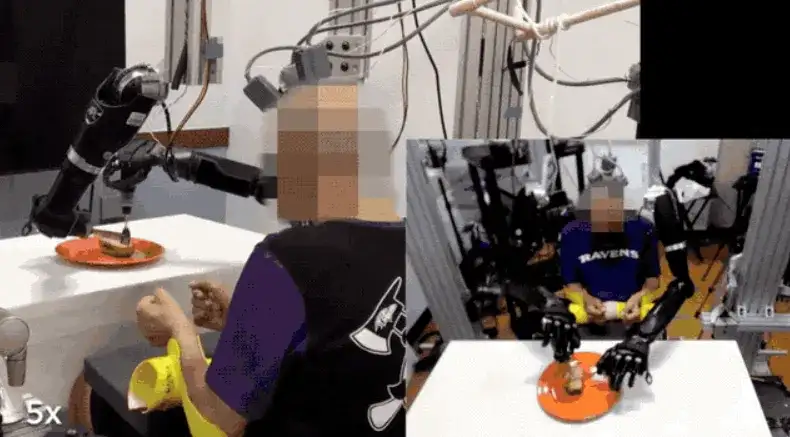
In this study,The researchers proposed a new approach - a shared control strategy.Considering humans and two robotic arms as a human-machine combination, the number of degrees of freedom that need to be controlled is reduced from 34 to 12, and the other degrees of freedom, such as joint movement and finger pinching, are solved by the inverse kinematics algorithm. In addition, these 12 degrees of freedom are dynamically divided. In each specific task, the system will divide the execution steps. Through voice guidance, humans can control up to 3 of them at the same time, and most of the other work is left to the algorithm.
In the end, the participants successfully performed 17 out of a total of 20 test tasks, and were able to fine-tune the robotic arm according to their preferences, control the size of the cake they cut, and achieve fine-tuned operations with both hands coordinated. It is worth noting that the shared control strategy proposed in this study can reduce the difficulty of decoding the brain-computer interface, which can also benefit low-cost solutions with fewer implanted electrodes or lower precision.
Tsinghua University: A patient with quadriplegia for 14 years drinks water with his mind
In March 2024, Professor Hong Bo's team at Tsinghua University published a case study.A patient who had been quadriplegic for 14 years underwent a wireless minimally invasive brain-computer interface implant surgery. After training after the surgery, he successfully grasped a water bottle with the help of a pneumatic mechanical glove in just one month.

In this case,"Minimally invasive" is the core.The entire system and the internal device, which integrates more than 300 parts, are only the size of two one-yuan coins. In addition, the solution of Professor Hong Bo's team is between invasive and non-invasive, which can be called "semi-invasive". The entire brain-computer interface device is divided into three parts: electrodes, internal device and external device.
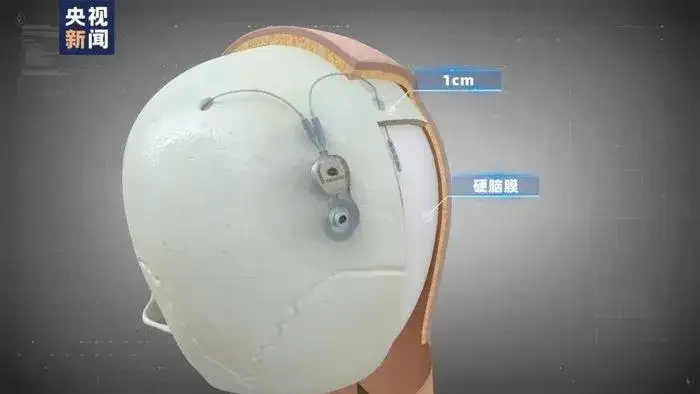
First, the research team used magnetic resonance imaging to locate the patient's motor perception cortex and determine the location of the craniotomy electrodes. Then, the electrodes for collecting signals were placed outside the dura mater between the skull and the cerebral cortex; the internal device responsible for processing brain signals and communication was buried about 6 to 10 mm in the skull; the external device was attached to the scalp, receiving and transmitting EEG signals while supplying power to the internal device.
Zhejiang University: Making "writing Chinese characters with your mind" a reality for the first time
In April 2024, the Neurological Disease Branch of the Brain-Machine Regulation Clinical Translational Research Center of Zhejiang University released the latest research results on brain-controlled Chinese character writing.
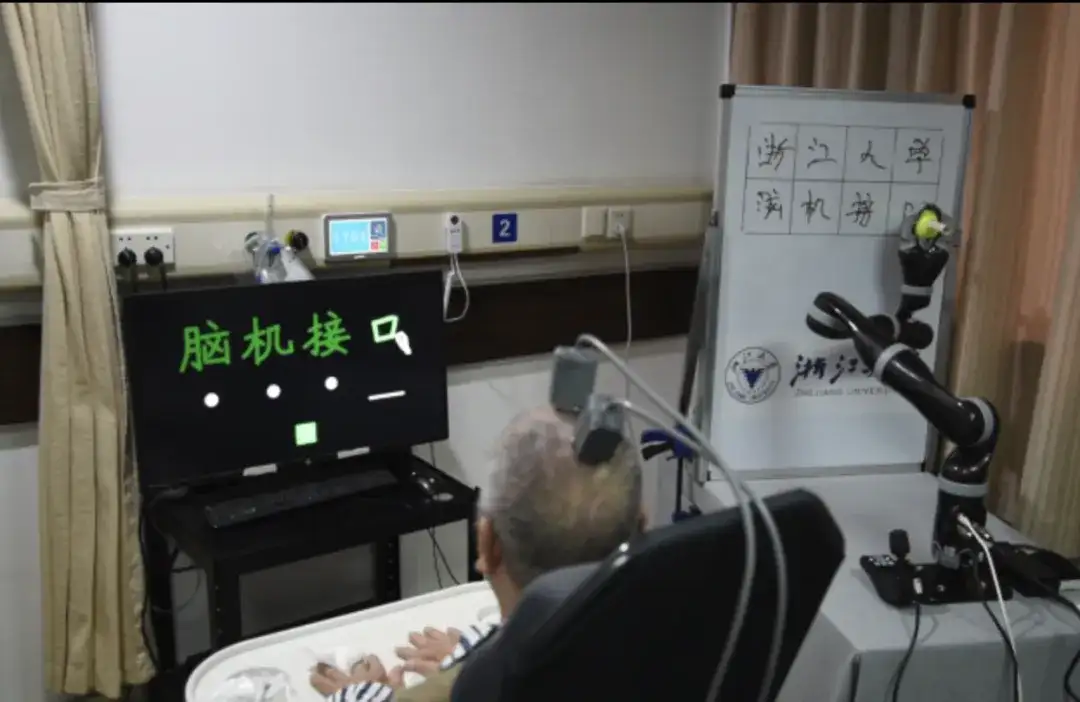
A patient with high paraplegia after a car accident wrote in his mind with his mind, and the robotic arm was able to write the eight words "Zhejiang University Brain-Computer Interface" on the writing board stroke by stroke.
In fact, brain-controlled Chinese writing encounters many challenges in practice. First, the structure of Chinese characters is complex, and there are many details in terms of radicals, radicals, and stroke order. There are many strokes, many characters, and difficult classification, which makes decoding more difficult. Secondly, the principle of controlling the extension and grasping of the robotic arm in traditional brain-computer interfaces is mainly the analysis of large joint movements, while Chinese character writing requires more delicate movements.
In the experiment, volunteers imagined the normal writing process in their minds, which triggered the activity of neurons in the motor area. Researchers analyzed the neural signals in the motor area to obtain the writing trajectory imagined by the subjects, and then controlled the robotic arm to write. This new therapy, which extracts EEG signals from paralyzed patients to control external mechanical equipment to write text and meet the communication needs of patients, is crucial for patients with diseases such as ALS.
In fact, in addition to realizing "mind writing", Zhejiang University has also carried out a series of research in other directions of brain-computer interface. In 2014, the Zhejiang University team implanted cortical EEG microelectrodes in the human brain and used "mind" to control the robot hand to complete the difficult "rock, scissors, cloth" finger movement, creating the "first in China" at that time.
In 2020, Zhejiang University completed the first clinical translation research of implantable brain-computer interface in China. A patient who was completely paralyzed in all four limbs due to a car accident had a microelectrode array inserted in the motor cortex of his brain. After systematic training, he was able to use a robotic arm to complete actions such as shaking hands, holding drinks, eating fried dough sticks, and playing mahjong.
Security and ethical challenges: Where is the future of brain-computer interfaces?
Although brain-computer interfaces provide more creative solutions for many fields such as medical health, at the same time,The rapid development of this technology has also caused the public to have deep concerns about personal safety and AI ethics.
The first is the issue of the personal life safety of the subjects. Taking Neuralink as an example, although the entire implantation operation only takes 15 minutes and causes little trauma to the implantee, the disadvantages of its invasive method are also significant, and the safety after craniotomy cannot be guaranteed for a long time. In addition, the human body may also produce an immune rejection response to the implant, posing a potential life threat. If the relevant hardware and software facilities are used illegally (such as inputting malicious signals, changing signal thresholds), it may also cause brain confusion, and even endanger life safety in severe cases. Therefore, before conducting human clinical trials, how to effectively reduce the risk to human life and health is a difficult problem facing relevant researchers.
The second is the issue of personal privacy and security. Brain-computer interface technology uses software and hardware devices to directly collect and analyze the bioelectric signals of the human brain. Private information such as health status, beliefs and psychological characteristics will also be obtained by the equipment. The user's thoughts are almost completely exposed to the machine, forming a state of being almost "transparent", which can easily cause users to panic.
Then there are ethical issues. In fact, since 2022, Neuralink has caused great controversy due to animal experiments. The American animal protection organization PCRM has also accused Neuralink of abusing monkeys. How to continue to ensure a humanitarian attitude in subsequent animal experiments is an answer that humans must give.
In addition, brain-computer interface research should respect the subjects' right to know and personal dignity. The key technologies, performance indicators, and acquisition methods of related research should be open and transparent. When it comes to potentially controversial technologies, the opinions of stakeholders and the public should be widely heard. It is also necessary to prevent the emergence of problems such as prejudice and discrimination between brain-computer interface audiences and non-audiences.
Finally, when the human brain and artificial intelligence are deeply integrated, who will be the dominant player? Will humans control machines, or will machines take over? If humans make mistakes or even commit crimes after the brain-computer interface is implanted, who will be held responsible? Perhaps before the relevant legislation and regulations are introduced, these are the problems that must be overcome when brain-computer interfaces are more widely used.
References:
1.https://www.tsinghua.edu.cn/info/1182/110136.htm
2.https://www.ncbi.nlm.nih.gov/pmc/articles/PMC9927342/
3.https://m.thepaper.cn/newsDetail_forward_27136825
4.https://mp.weixin.qq.com/s/Fg98TfqSiCxFEKJJ0Y6asg








